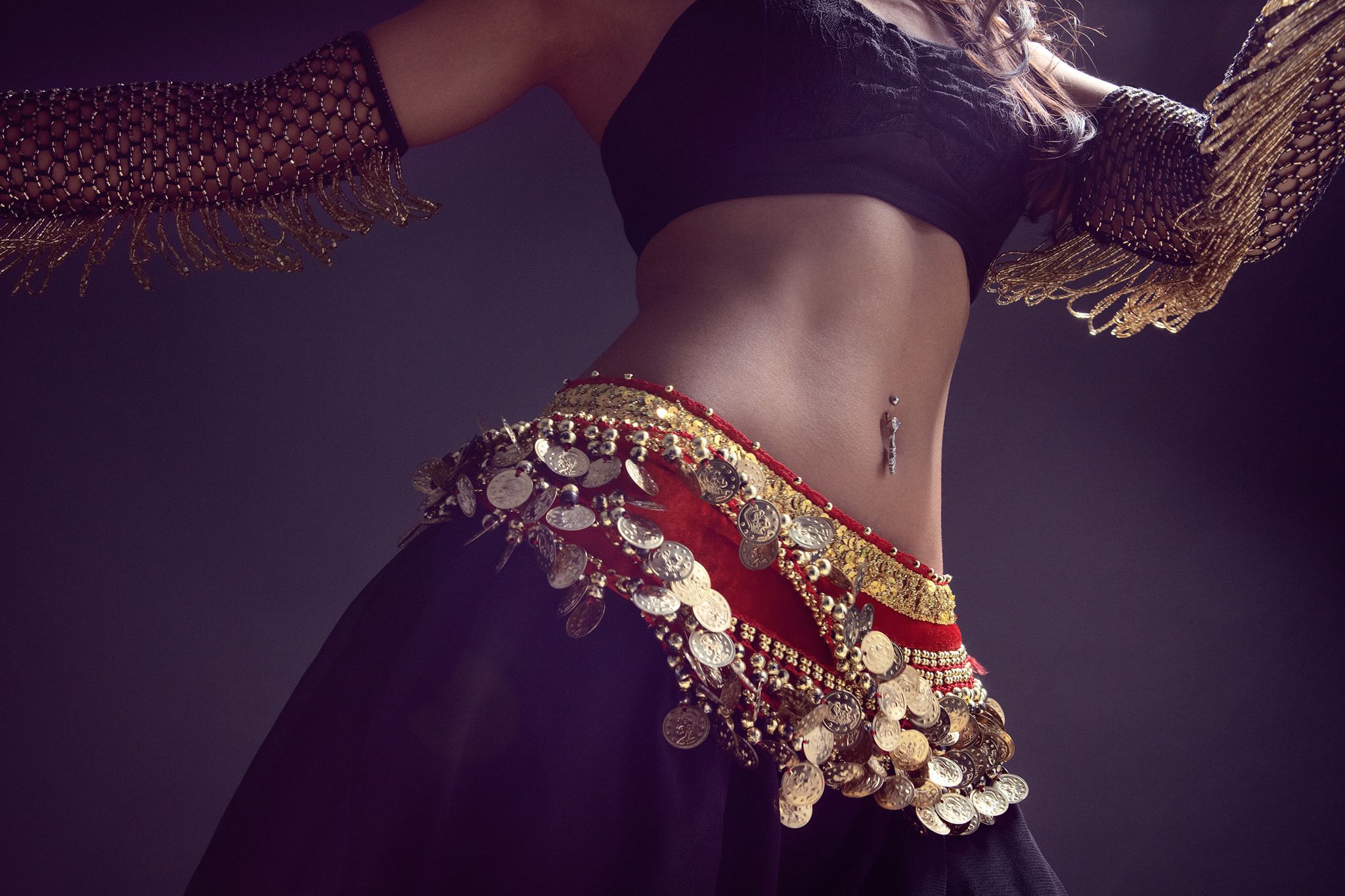Belly Dance Across Borders: A Global Phenomenon

Belly dancing, also known as Raqs Sharqi, is an ancient dance form with its origins deeply rooted in Middle Eastern cultures. This mesmerizing art form can be traced back thousands of years, to the early civilizations of Mesopotamia and Egypt. It was initially a ritualistic dance performed during fertility rites and celebrations, embodying the connection between the human body and the natural world. Over time, it evolved to encompass various styles, techniques, and regional variations.
Ancient Roots in Middle Eastern Culture
In the earliest recorded instances, belly dance was an integral part of religious ceremonies and social gatherings. Women, often in sacred roles, would perform rhythmic movements that celebrated the cycles of life, birth, and rebirth. The dance was characterized by fluid, undulating movements of the torso and hips, symbolizing the eternal flow of energy.
Spread and Diversification Along the Silk Road
As trade routes expanded, so did the influence of belly dance. Along the Silk Road, a network of ancient trade routes connecting East and West, the dance form encountered diverse cultures, each leaving its mark. This led to the fusion of local dance styles with elements of belly dance, giving rise to distinct regional variations. For example, in Egypt, the dance took on a more refined and theatrical form, while in Turkey, it incorporated elements of folk dance.
The Golden Age of Belly Dance in the Ottoman Empire
During the height of the Ottoman Empire, from the 15th to the 19th century, belly dance reached its pinnacle of popularity. It became an integral part of the cultural life in the royal courts, as well as in urban and rural communities. Performers, known as "gawazee" in Egypt and "cariye" in the Ottoman courts, captivated audiences with their skillful execution of intricate movements and elaborate costumes. Belly dance also found its way into various art forms, including paintings, poetry, and music.
Belly Dance in the 20th Century: From Cabarets to Global Phenomenon
In the 20th century, belly dance underwent a transformative journey. It gained international exposure through Hollywood films and found a home in cabarets around the world. This era marked a shift from traditional, ritualistic contexts to a more entertainment-oriented performance style. The allure and mystique of belly dance captivated audiences and contributed to its global appeal.
Modern Revival and Innovation
In recent decades, there has been a resurgence of interest in belly dance, driven by a desire to reconnect with cultural heritage and explore its potential as a contemporary art form. Visionary dancers and choreographers have pushed the boundaries of traditional techniques, incorporating elements from various dance styles and disciplines. This modern revival has given rise to a diverse and dynamic community of belly dancers, each contributing to the evolution and innovation of this ancient art form. Today, belly dance continues to captivate audiences worldwide, transcending cultural boundaries.








